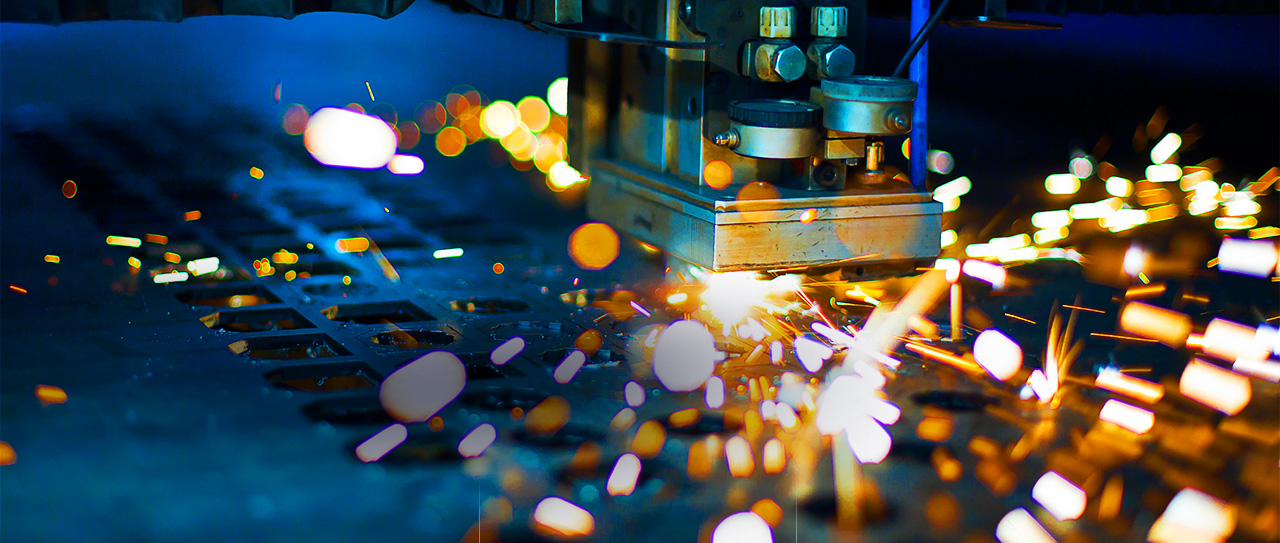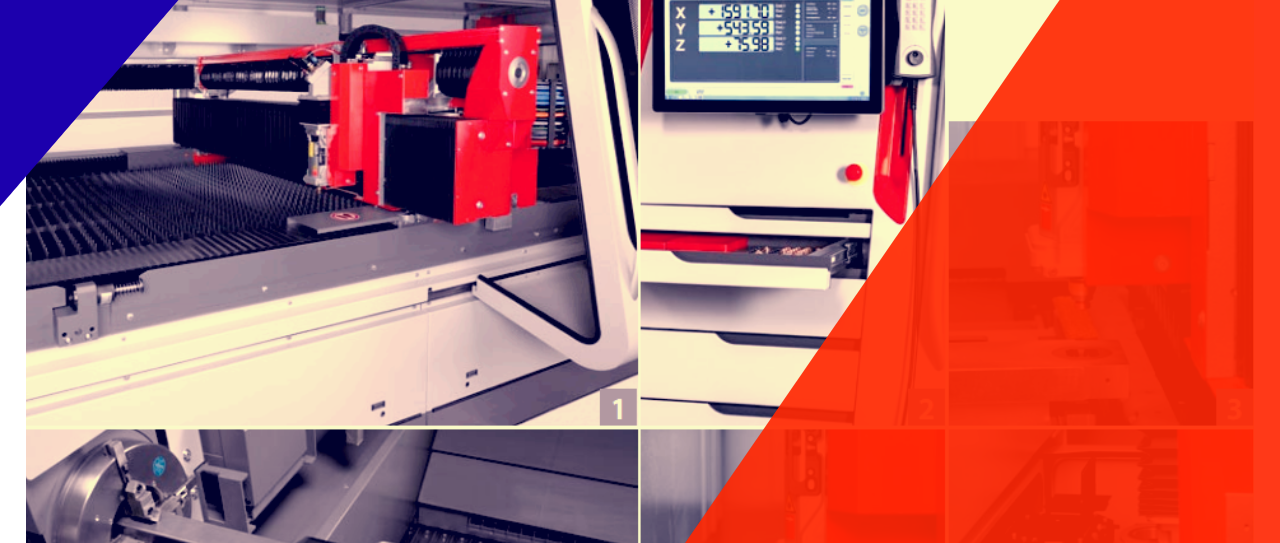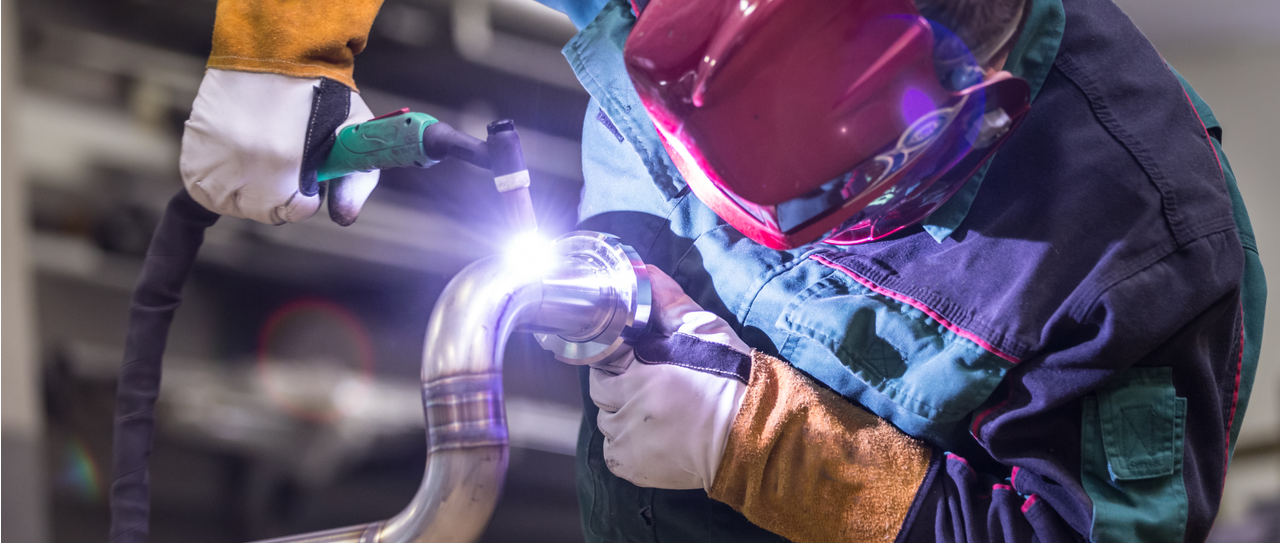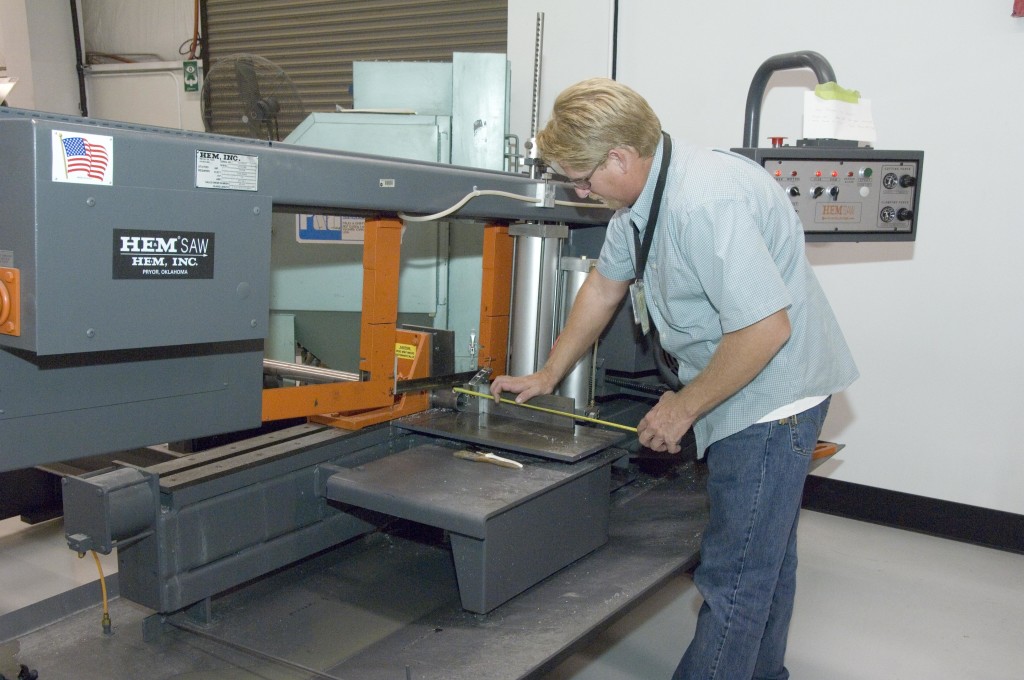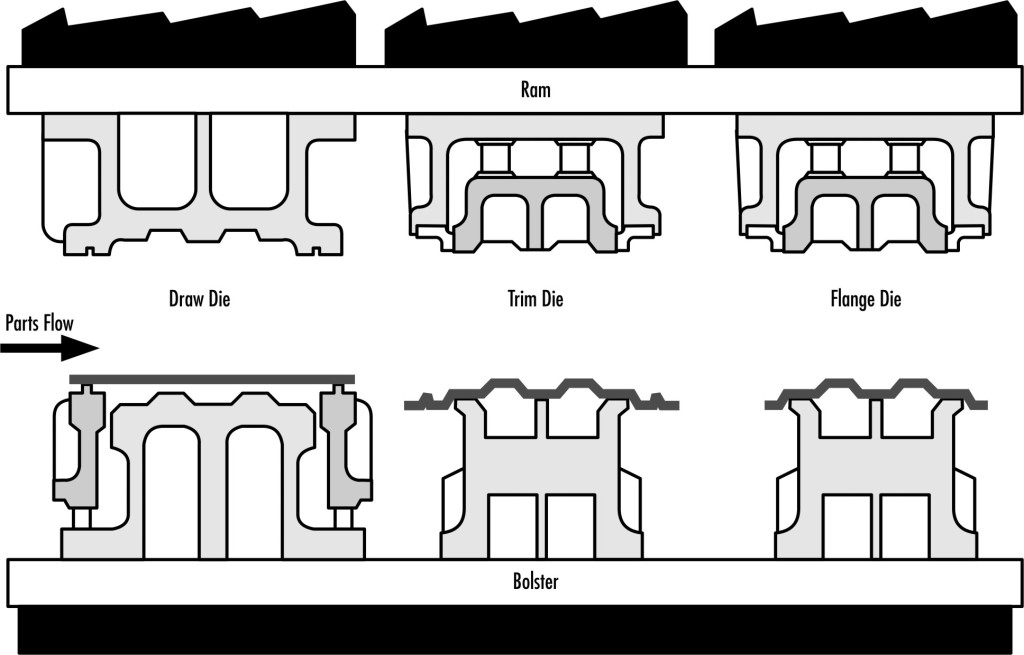Troubleshooting the laser cutting, metal bending, welding, stamping or metal rolling machines is a crucial part of metal fabrication shop maintenance.
Maintenance and troubleshooting is an inseparable part of aluminium fabrication, steel fabrication or stainless steel fabrication. However, people think troubleshooting the stamping process is only the process of identifying and remaining damaged dies. But troubleshooting is beyond that.
Here’s how to do it:
Identifying the problem
Identifying the parts’ problem is basically the easy part of the whole troubleshooting process. This part of the process can include looking for cracking, splitting, wrinkling, excessive burns, understrained parts, nonconforming part geometry, score marks, slug depressions, and dents.
The unit who is responsible for checking the parts needs to have a sound understanding of the different types of failures. They’ll also have to know how to communicate with the unit responsible for the repair and explain to them what’s wrong.
Ensure the die is set up perfectly
Every now and then, stampers make some major changes to the die and then they find out that the die wasn’t set up properly.
Here are some things you can check for to ensure if it has been set up properly or not.
- First, verify the height of the die shut, press tonnage readings, and stop block lead readings. If by chance you are using the bottom makers, make sure that they are visible and to the proper depth in the scrap or the part.
- Ensure that the die is firm against the positive location stops. Also, ensure they are parallel to its coil.
- Make sure the method of applying the lubricants is correct for the application. The die and the metal should be lubricated properly to achieve precise results. The rollers and sprayers should also work properly.
- Look into the width, thickness and the metal mechanical properties of the coiled material.
- Verify the feed and pilot feed release timing on the progressive dies.
- Ensure the pitch or the feed distance is correctly set-up.
- Ensure that the pressure systems, for instance, the press cushions, nitrogen systems, and hydraulic pressure systems are charge and prepared for the right operating pressure.
- You need to make sure whether the dies are flushed with the ram and the bolster plate. They must not be any debris below the die shoes, plates, or casting.
- Double check all the remaining press parameters like the clutch pressure and the counterbalance.
- Check if all the gauges and locators are in their right positions or not. The blank should also be checked to see if it’s in the right position or not.
- There shouldn’t be any loose piece of slugs, scraps, or obstruction laying on the die.
- The coil material should be checked to verify the levels, straightness, and flatness before entering into the die. During the production, periodic adjustments to straightening the equipment may be necessary.
- Lastly, all the nut-bolts used to secure the die inside the press should be tight enough to avoid any accidents.



